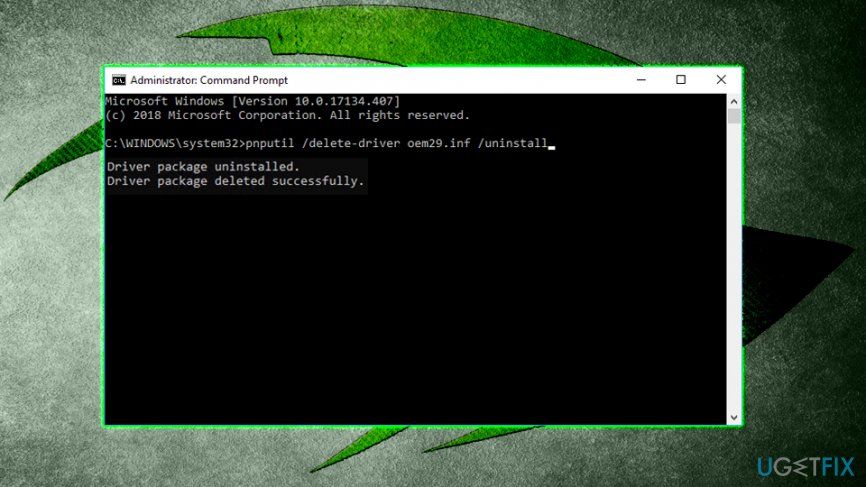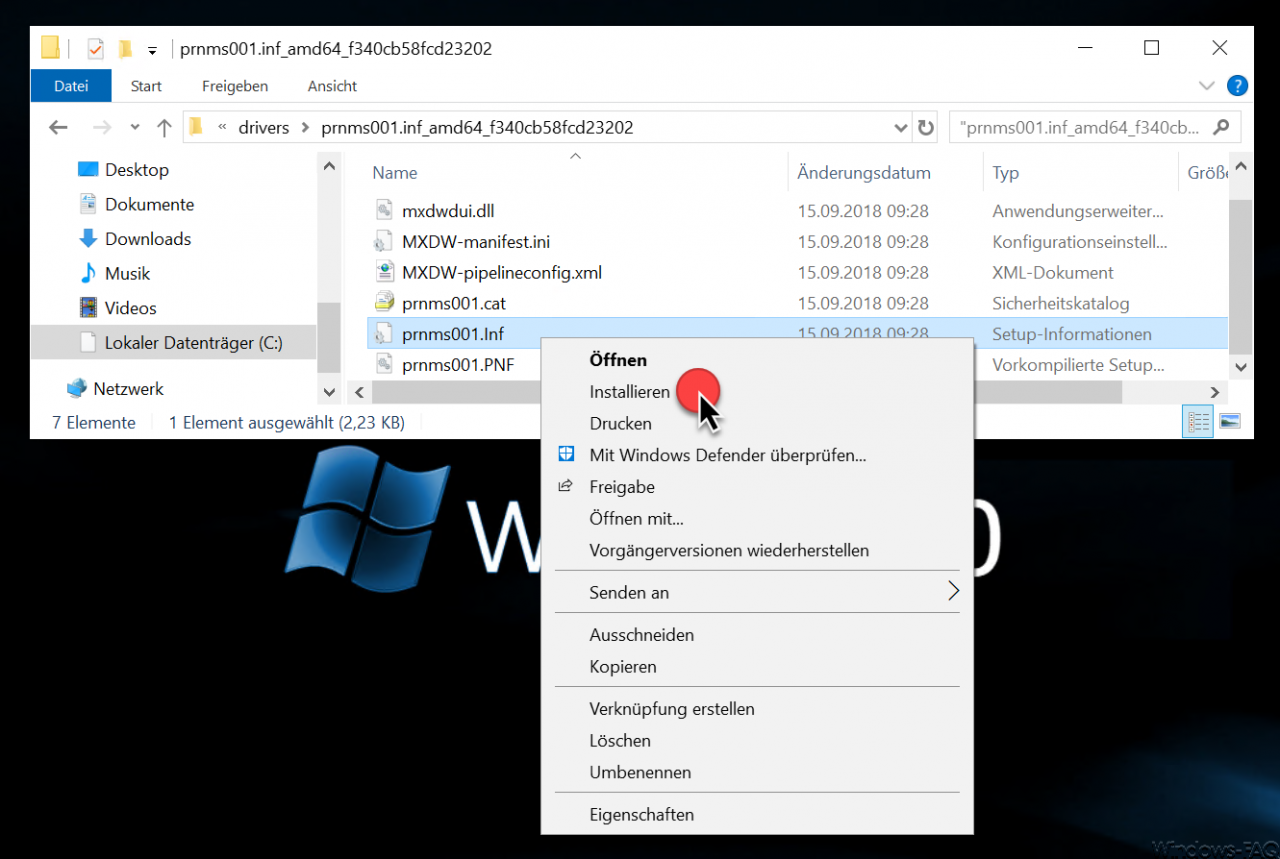

- #HOW TO INSTALL LATEST NVIDIA DRIVERS VIA WINDOWS CMD DRIVER#
- #HOW TO INSTALL LATEST NVIDIA DRIVERS VIA WINDOWS CMD UPGRADE#
- #HOW TO INSTALL LATEST NVIDIA DRIVERS VIA WINDOWS CMD WINDOWS 10#
Here’s a post about downloading and installing NVIDIA drivers on Windows 10 manually.
#HOW TO INSTALL LATEST NVIDIA DRIVERS VIA WINDOWS CMD DRIVER#
I had to install the driver manually and it was quite easy, to be honest. This happened to me for my NVIDIA GPU and I couldn’t figure out why Windows 10 was not able to install the driver for my GTX 970 automatically. This mostly happens for devices that are either older or very new, as Windows 10’s driver database only updates when Microsoft updates it. But then, any system isn’t 100% perfect, right? This is why Windows 10 might miss out on some drivers and you might have to install these drivers manually. Most of it is easy because it is automatic but for most components. All changes should be made in the Variables section # This Foreach statement will iterate and run the code on each $Computer in your array Foreach ( $Computer in $Computers ) $ModifiedDate = Get-Item "\\10.Installing drivers on Windows 10 works like a breeze and it is very easy.

csv will be stored $LogFilePath = "\\lore\Drivers\$FolderName" # These are the Robocopy.exe Arguments, you should not have to touch these $RoboArgs = "/S", "/E", "/NP", "/NFL", "/NDL", "/NJH", "/NJS", "/MT:32", "/R:2", "/W:1" ) # Editable Variables End # No edits should take place beyond this comment. # All driver files should be at the root of your $Folder $PackageSource = "\\lore\Drivers\$FolderName" # This is the path where your log file. $FolderName = "NvidiaDrivers" # This is where the below script will pull the drivers that are to be copied to the remote computer. $InstArgs = "-s", "-noreboot", "-clean" ) # Folder name variable, edit this if you want to change the name of the root folder where your drivers live. # Currently the behavior is a silent/clean install with a supressed reboot. $UTDVersion = '442.19' # $InstArgs are the switches that Nvidia's setup.exe will use. # Make sure it matches the version you are installing. Powershell # Editable Variables Begin # You only have to edit this part of the script # List of workstations you will be remotely updating Drivers on # Multiple computers Example: $Computers = "Computer2", "Computer3") $Computers = "ESI14" ) # Grabs todays date and formats it (Example: 18:08:00) $TodayDate = Get-Date -UFormat "%m/%d/%Y %T" # This is the verison of the Display Driver that is pulled from Add/Remove Programs. If I left out any relevant info you need to help me, please let me know and I'll fill in the blanks. I'd also like to point out that I'm a beginner when it comes to stuff like this, so I apologize if I ask a "dumb" question. So my question for you all is, what is the best way to go about this? I was thinking PowerShell? but I'm just not sure where to begin, so some help would be great and appreciated. I'd also like to be able to download the new driver onto our file server and have whatever program or script I wind up using pull the data from there.

I'd like to have it be a silent install, as I don't want the end user to have to do anything.
#HOW TO INSTALL LATEST NVIDIA DRIVERS VIA WINDOWS CMD UPGRADE#
I'm currently trying to figure out a way to be able to upgrade all 13 workstation's nvidia drivers remotely from my workstation. They have EVGA GeForce 1660 SUPER video cards in them running the 441.66 studio drivers. I currently monitor around 13 new workstations for our game development studio. So I've currently been trying to figure out how I can successfully install the latest Nvidia Studio graphics drivers to around 13 or so workstations.


 0 kommentar(er)
0 kommentar(er)
